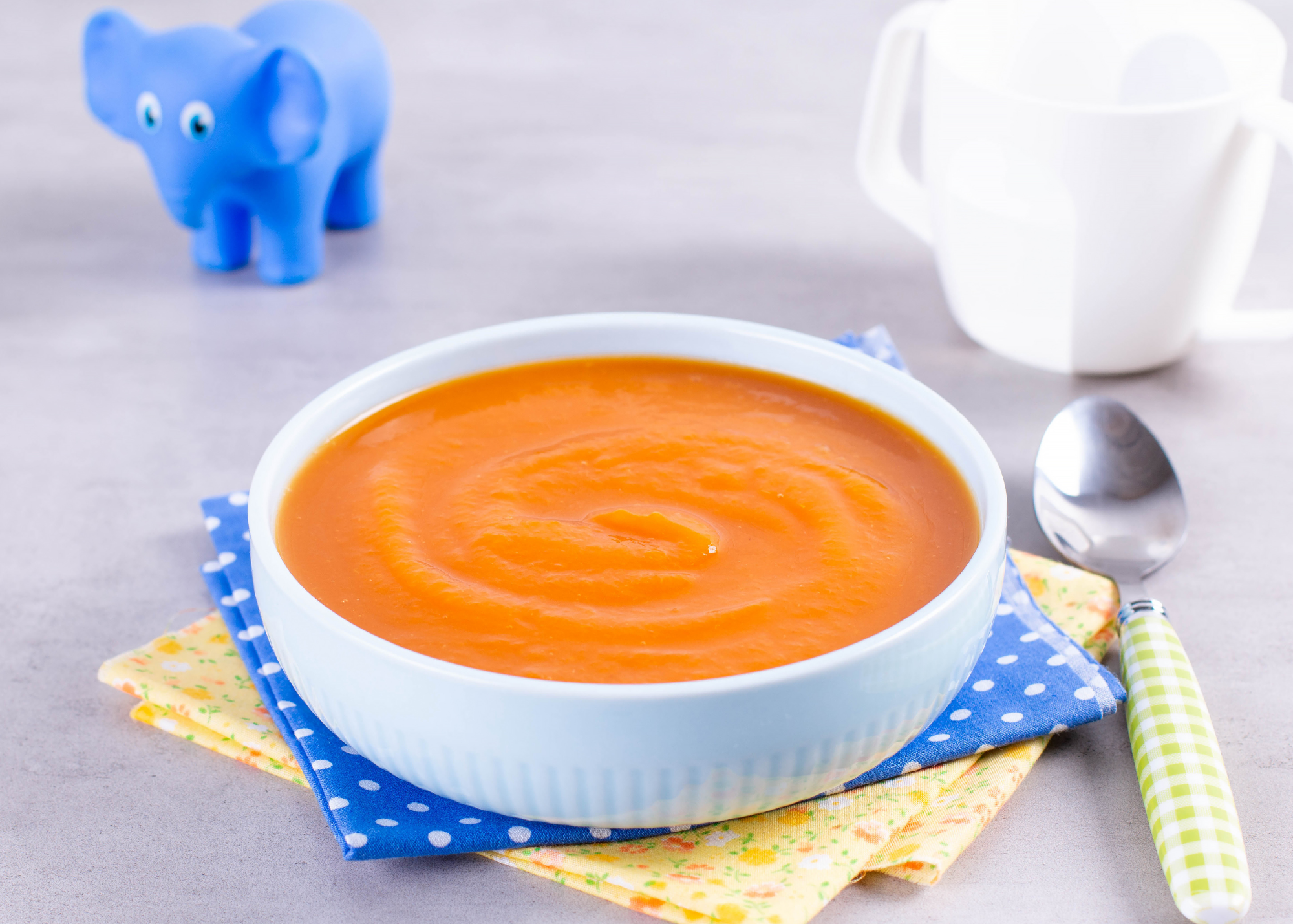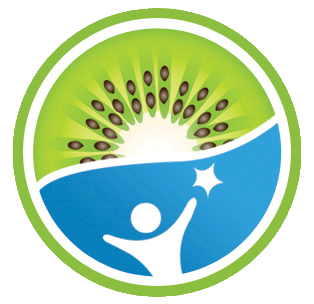Baby Led Weaning or Purees: Which is Best for My Child?
This is an area that is of hot debate in the parenting community to do baby led weaning or purees. Luckily the answer is EITHER or BOTH! Both styles of feeding can support healthy growth and development, as well as promote a positive feeding experience for infants.
What are they?
Purees
This starts between 4-6 months and is spoon-feeding pureed foods. First foods are typically baby cereal, fruits, and vegetables. This method uses purees until 8-9 months when soft table foods are then introduced.
Baby led Weaning
This starts around 6 months and right away offers safe table foods that baby self-feeds instead of spoon-feeding pureed foods. Examples of first foods are spears or strips of soft foods such as bananas, avocados, mango, sweet potatoes, carrots, bell peppers, or lightly toasted bread.
We know through science and observation that between 4-6 months old, babies gain the skills to begin to safely accept solids. These skills include: sitting assisted, head/neck control, shows interest in food, opens mouth when spoon approaches, able to move pureed food from front of mouth to back, and more mature jaw and tongue movements start to emerge.
So what are Pros and Cons of each and how do I choose which method for my baby?
Purees
Pros: Baby is developmentally ready for purees at the time this would begin, therefore there is a higher likelihood that they will be able to take in larger volumes of food to contribute to their overall nutrition. Baby may get less frustrated while eating purees initially if they are very hungry too.
Cons: can be time-consuming and “another thing to do” since baby is not eating the food the rest of the family is eating. Puree spoon feeding provides less of a chance to practice self-feeding, although giving baby a loaded spoon with a puree to self-feed is a way to help with this. Eventually need to transition to solid table foods.
Baby led Weaning
Pros: No need to transition to table foods, they are already there! There is typically greater exposure to a variety of foods and textures earlier on which may help with greater acceptance of food later on, but more research needs to be done in this area. Encourages self-feeding practice! Easier on parents as you are typically sharing the same foods with your baby. * Studies have shown that baby-led weaning when done properly, isn’t a higher risk for choking.*
Cons: Baby may take longer to eat a larger quantity of food and not take in as much. If growth or breast milk/formula consumption is of concern, this may not be the right method in the beginning.
No matter which method or combination of methods you choose, food is for fun and practice during the first year of life! Breast milk or formula remains the majority of the diet. Continue to promote positive eating experiences for your baby and have fun (and get messy) doing it!
Written by Amanda Johnson, MS, RD, LDN
See the link below to schedule an appointment with one of our Pediatric Registered Dietitians.
Schedule an appointment with one of our Pediatric Registered Dietitians.



